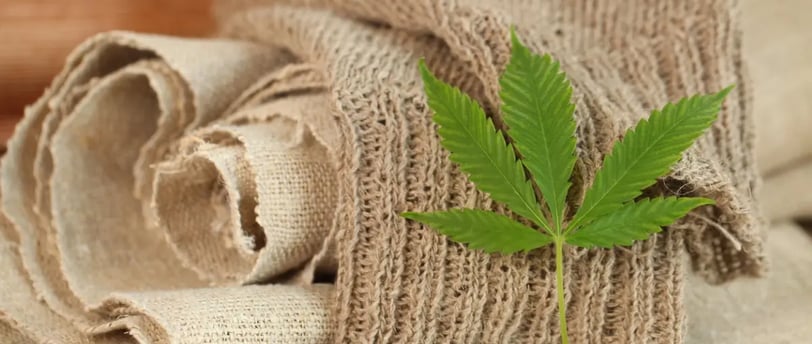The Future is Fiber
Why Hemp Might Replace Plastic, Cotton & Even Steel
In The Weeds
8/19/20202 min read


Let’s get futuristic for a minute. Picture a world where your clothes biodegrade in compost, your car panels are made from plants, your house breathes, and your shampoo bottle is carbon-negative. Sounds like science fiction, right? Nah—it’s just hemp doing its thing.
If you’ve been thinking of hemp as a wellness trend or a crunchy substitute for cotton, buckle up. Because the real potential of this plant isn’t limited to CBD oil and eco-friendly conditioner. Hemp might just be the industrial disruptor we’ve been waiting for—one strong enough to go head-to-head with petrochemical plastics, thirsty cotton crops, and even steel.
Let’s start with fiber. Hemp grows faster than cotton, uses a fraction of the water, and doesn’t require chemical pesticides or herbicides. The fibers are stronger, more durable, and naturally resistant to UV rays and mold. Cotton might be comfy, but it’s an environmental disaster. Hemp? It’s the comeback kid with a green cape. Brands across fashion, construction, and tech are turning to hemp textiles and composites as a future-proof material with centuries of credibility.
And we’re just scratching the surface. Hemp can be used to make biodegradable plastics that break down in months, not centuries. It can replace the synthetic polymers in packaging, car parts, and electronics. Companies like BMW are already using hemp-based materials in their vehicles—not because they’re trying to be trendy, but because they’re trying to make better cars.
Now let’s talk strength. When processed right, hemp fibers rival the tensile strength of steel. That’s why some innovators are exploring hemp-based materials in architecture and aerospace. We’re talking bridges, insulation, even interior panels made from a plant that grows in 90 days and sequesters carbon while it does it.
Speaking of carbon—hemp is a sequestration superhero. It absorbs more CO₂ per acre than most forests and helps regenerate soil. That means every hemp hoodie, wellness balm, or economy-size hemp oil jug you buy could be contributing to the reversal of climate change.
And let’s not forget hemp’s role in food. Hemp seeds are a complete protein, packed with omega-3s and amino acids. You can blend them, bake them, or shake them into your morning smoothie with a scoop of hemp protein powder. No cows. No soy. Just plant-powered fuel.
So what’s the holdup? Infrastructure, mostly. Regulation, definitely. And public awareness. We’re still climbing out of the 80-year hole dug by prohibition and misinformation. But with federal laws shifting, venture capital flowing, and consumer demand exploding, hemp’s second act is looking a lot like a revolution.
We’re not just talking about a plant here. We’re talking about a raw material that could replace the most damaging industrial systems on the planet. Plastics? Cotton? Steel? All have their place. But their time might be up.
The future isn’t synthetic. It’s regenerative. Renewable. Circular. The future is hemp.


